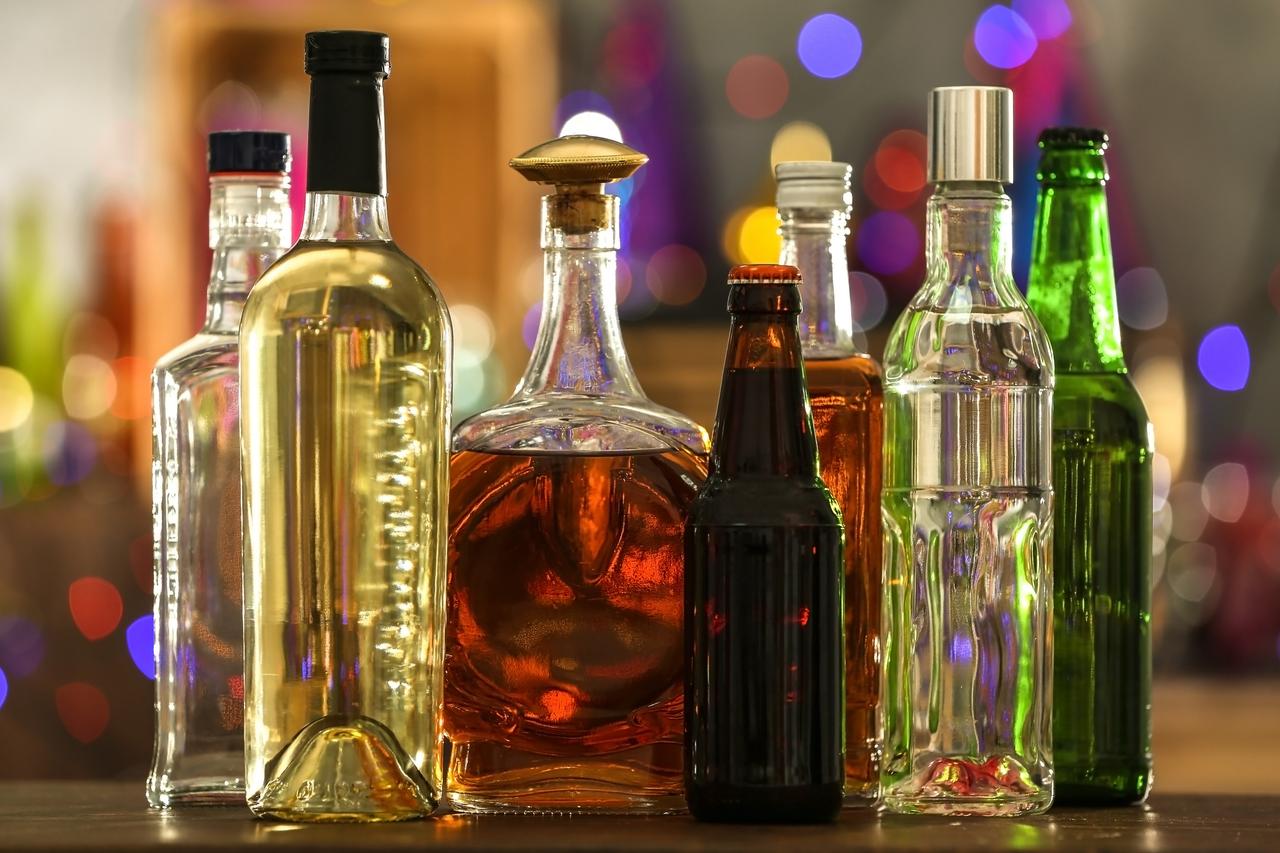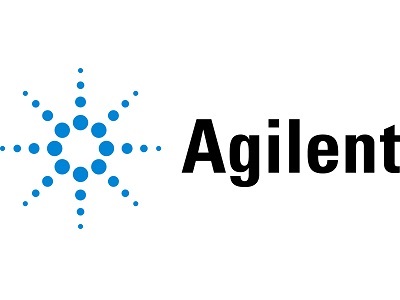

This 3-part webinar series offers a comprehensive exploration of GC and GC/MS techniques applied to beer brewing, winemaking, and pesticide analysis. In the realm of beer production, the intricate balance of ingredients like malt, hops, and yeast profoundly shapes distinct flavor profiles. Analytical tests, employing HS-GC-μECD and HS-SPME-GC-MS methods, revealed insights into fermentation health, yeast performance, and the nuanced influence of varied brewing parameters on the concentration of yeast metabolites and fermentation byproducts across different beer styles. The discussion then extends to winemaking, specifically examining the impact of wildfire smoke on grapevines and resulting wines. The evaluation of smoke-exposed grapevines, emphasizing the significance of volatile phenols like guaiacol and 4-methyl guaiacol, aims to aid grape-growers and winemakers in identifying and mitigating smoke-related compounds' effects on grape and wine quality. Finally, the webinar will delve into pesticide analysis strategies using GC/MS/MS techniques. Through optimization of column configuration, injection conditions, and MS electron ionization source hardware, the method achieves high sensitivity necessary to detect over 90% of 203 target pesticides at or below 10 parts per billion (ppb) in pigmented spinach matrices. This approach ensures compliance with Maximum Residue Limits while maintaining calibration performance over a wide concentration range, meeting SANTE guidelines for accurate quantitation.
- Understand how different analytical methods including HS-GC-μECD and HS-SPME-GC-MS aid in studying fermentation parameters across beer styles.
- Determine how grape berry exposure to guaiacol, 4-methyl guaiacol, and similar compounds throughout the growth/development process affects the grape and downstream wine quality.
- Learn key strategies for pesticide analysis using GC/MS/MS with hydrogen carrier gas including ion source, GC column/liner selection, optimized injection conditions, and transition tips.

Copyright © 2025 American Chemical Society | 1155 Sixteenth Street NW | Washington, DC 20036 | View our Privacy Policy